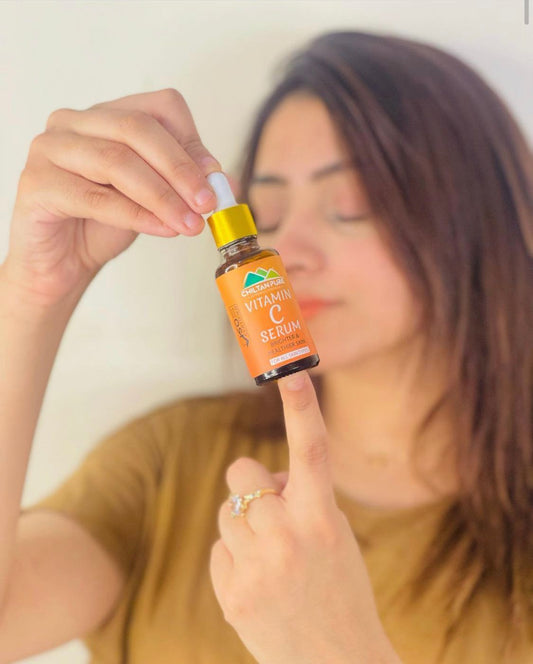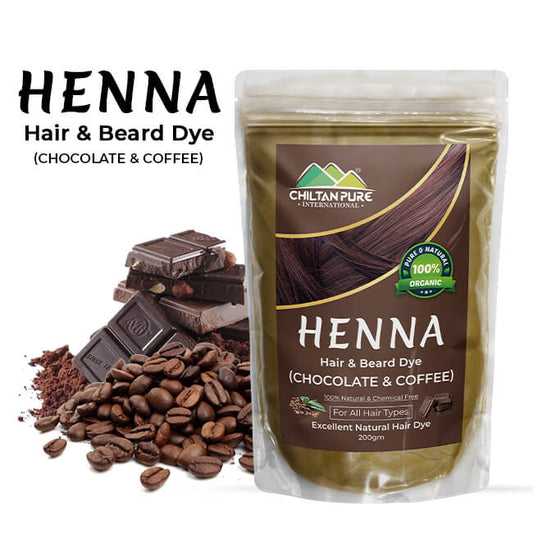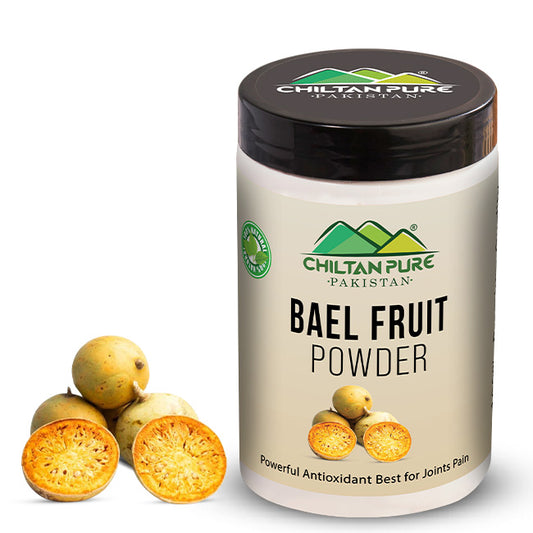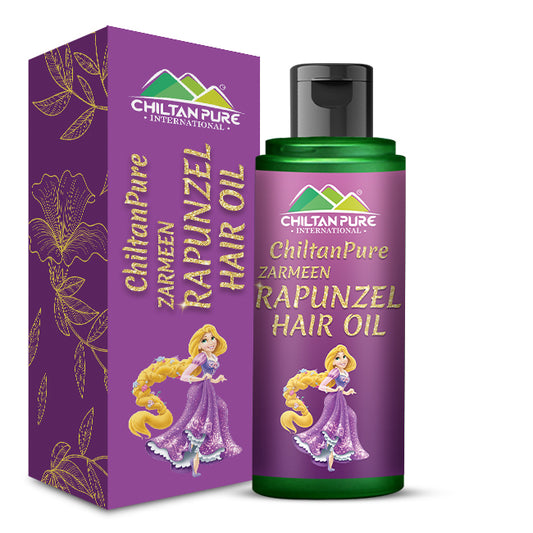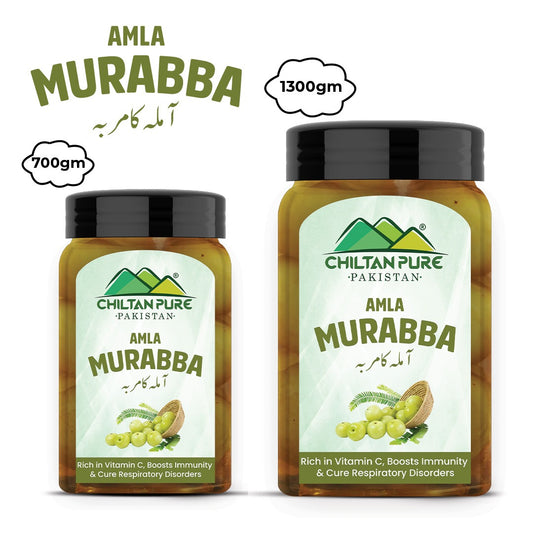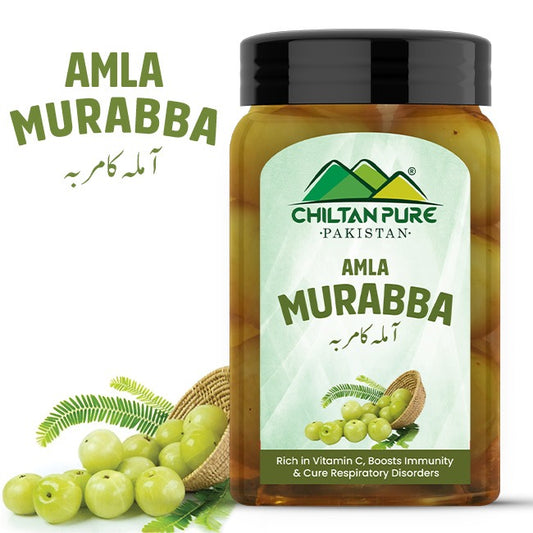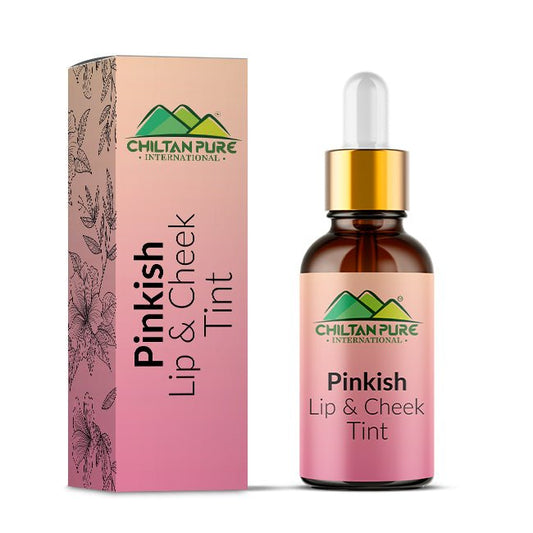Sandalwood Powder - 11 Amazing benefits with secrets of skin healing & nourishing properties
Species of trees in the genus Santalum and the family Santalaceae produce the wood commonly known as sandalwood. A distinctive fragrant scent permeates the wood of these trees. The East Indian sandalwood (Santalum album) and the Australian sandalwood (Santalum spicatum) are two of the most well-known examples of the various tree species that make up this genus.
For the most part, these two species are what are utilized to extract the oil from sandalwood. The Indian sandalwood tree, which may reach a height of 30 feet, is a tiny evergreen with oval leaves, dark red-black berries, and fragrant blooms ranging from yellow to maroon.
Properties of sandalwood powder
Because of its antioxidant properties, it might be put to use.
Have anti-inflammatory effects
Anti-proliferative (cell-growth-stifling) properties are possible.
It could have antibacterial effects.
Benefits
Anti-Aging

Used for decades, it has become a staple in the beauty industry. Sandalwood has been used for centuries as an anti-aging treatment due to its ability to lighten the skin and diminish the appearance of fine lines, wrinkles, and scars. This is because of its significant muscle-building, anti-aging, and inflammation-fighting benefits.
Heal Wounds

Sandalwood, due to its putative anti-microbial activity (i.e., antibacterial, anti-fungal, and anti-viral actions) and its anti-inflammatory effects, is used to promote wound healing. However, to substantiate such assertions, further study is necessary.
Elevate itchy skin

Itchy skin is annoying and uncomfortable. Healing these blemishes and softening your skin are two of the many benefits you'll experience after using sandalwood powder. Sandalwood's herbal oils may treat these conditions and even restore your skin's natural oils. Use the sandalwood cream twice weekly for half an hour each time, followed by a refreshing rinse with cold water. A gentle patting motion removes excess moisture without removing the skin's natural oils.
Helps In Remove Tan
It is of the utmost importance to take precautions against the damaging effects of the sun. Sandalwood's naturally occurring oils make it so effective in removing a tan. It also has a soothing impact on sunburn and astringent and cooling properties, and it helps reduce the redness that is induced by sunburn.
Treat Eczema

Eczema is a medical disorder in which skin regions become dry, scaly, red, and itchy, causing the skin to break open and bleed. Because of its ability to reduce inflammation, sandalwood oil, when applied to the skin, may assist in treating and managing the disease. Before treating your eczema with sandalwood, you should first speak with a dermatologist.
Cure Acne
Its anti-inflammatory and antibacterial qualities make it an effective medication for treating acne. The research that has been done on this particular impact of sandalwood is minimal. Therefore, before utilizing sandalwood as a treatment for acne, you should discuss the matter with a dermatologist.
Gives Oil-Free Skin

Those struggling with oily skin during the warmer months may try this. Make a thin paste out 2 teaspoons of sandalwood powder and 2 tablespoons of rose water, then apply it to your delicate skin. In a little while, you may wash your face with cold water. Without any exaggeration, your skin will be completely oil-free. You may use the sandalwood face pack with confidence, knowing that it will not do any harm and will provide you with the desired results with far less time and effort expended. The primary benefit of sandalwood powder for the skin is that it can be used on dry and oily skin (anti-inflammatory powder).
Acts As An Astringent
Sandalwood is astringent, which causes the proteins in your skin to coagulate, further protecting your skin from any breakouts, allergies, or abrasions. It does so by inducing slight spasms in the superficial layers of the skin's soft tissues and by constricting the pores (astringent). For this same reason, many face packs and toners use sandalwood as one of their key components (anti-inflammatory powder).
Encourage Glowing Skin
In order to have flawless skin, all one has to do is apply sandalwood powder. Massage a fluffy cream made by combining rosewater and sandalwood powder into your neck and face. After letting the sandalwood paste dry for a few minutes, pour little water on it to soften it, and then wipe it away using gentle circular motions. When you're done, give it a good scrub down. This can help in the treatment of many skin infections in addition to lightening dark spots. It's also an effective anti-itch remedy for folks who sweat excessively. It also has a drying effect on the skin. Therefore, in the event of dry skin, milk, rather than rosewater, is the better choice (anti-inflammatory powder).
This antibacterial sandalwood powder has several uses, including but not limited to the following: fighting acne-causing germs, exfoliating the skin, soothing sunburn, removing the suntan, reducing the appearance of dry skin and wrinkles, and more.
Face Care Remedy
You can create a homemade face mask by mixing Honey, 1 teaspoon of ground sandalwood, and 1 teaspoon of ground turmeric should be mixed together. Create a thick paste with it, and then spread it all over your face. Just give it some time till the mask hardens and dries completely. After the mask has had time to dry, wash your face with water. It revitalizes the skin and brings out its natural shine.
FAQS
What is sandalwood?
The term sandalwood powder refers to the powder of the tree species belonging to the family Santalaceous and genus Santalum.
Is sandalwood good for the skin?
Yes, it has many benefits when applied to the skin. It is cosmetic to prevent wrinkles, reduce acne and dark spots, and heal wounds. It is also useful in skin conditions like psoriasis, eczema, Molluscum contagiosum, and scabies. You must consult an ayurvedic physician or dermatologist.
Can sandalwood be applied to the face every day?
Sandalwood is safe and can be used daily. It is to be avoided if you are allergic, as you can develop contact dermatitis (a skin rash that is caused due to contact with a particular substance). You must only use it if prescribed by doctors.
What are the types of sandalwood?
Many species of trees fall under this genus. The Indian sandalwood (Santalum album) and Australian sandalwood (S. spicatum) are the most prominent.
What is the difference between sandalwood and cedarwood?
Sandalwood refers to the wood (heartwood) from tree species belonging to the family Santalaceae and the genus Santalum. In contrast, cedarwood belongs to the genus Cedrus consisting of coniferous trees belonging to the family Pinaceae.
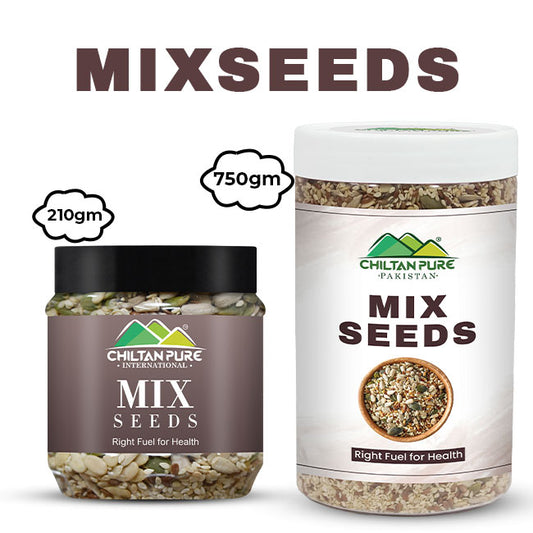



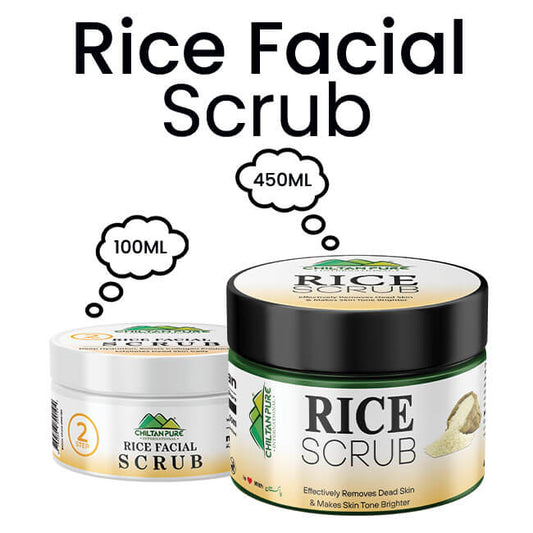
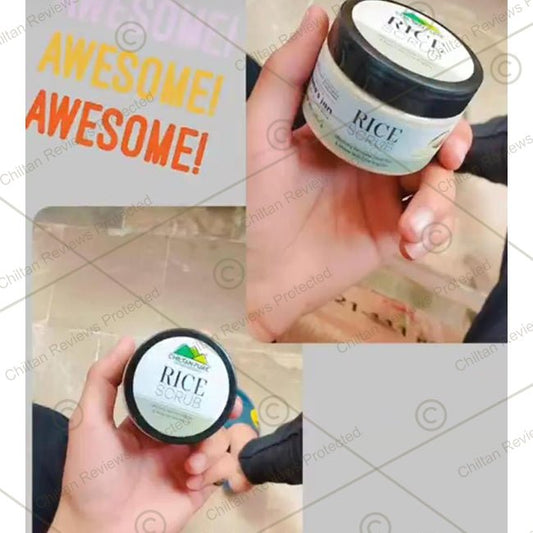
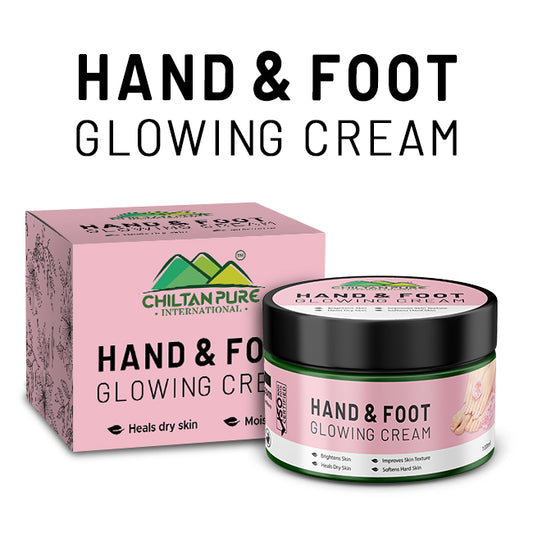

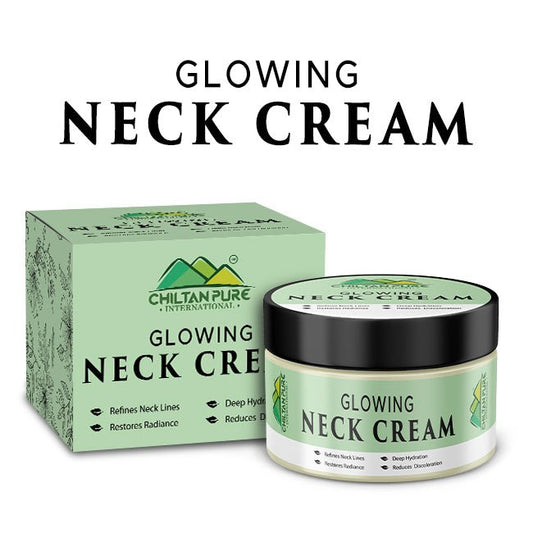

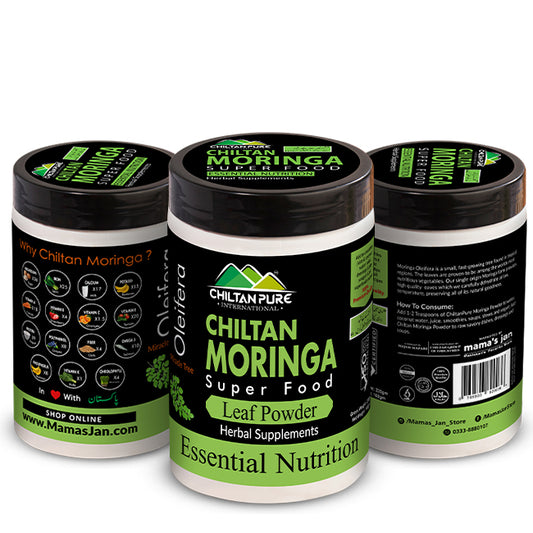
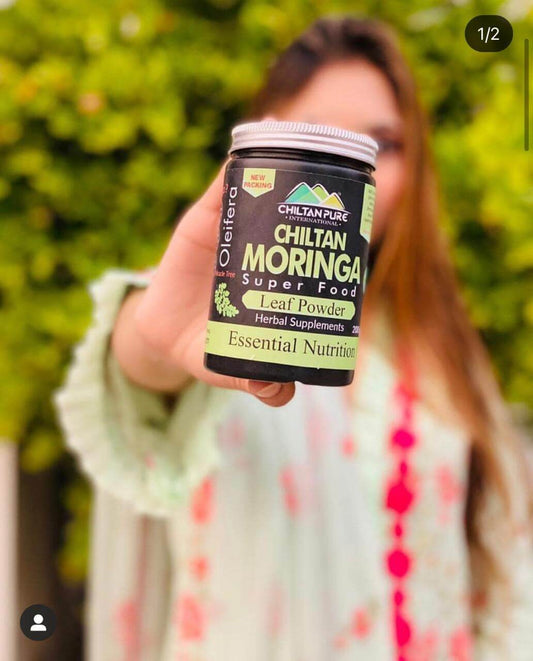
![Chia Seeds – Make Skin Glow, High in Fiber, Protein & Aid in Weight Loss [تخم میکسیکو]](http://mamasjan.com/cdn/shop/files/Chia-seeds-wb_1_533x.jpg?v=1739000274)
![Chia Seeds – Make Skin Glow, High in Fiber, Protein & Aid in Weight Loss [تخم میکسیکو]](http://mamasjan.com/cdn/shop/files/ChiaSeeds1_533x.jpg?v=1739000274)


![Red Onion Oil 🧅 Reduces Hair Fall & Accelerates Hair Regrowth [پیاز کا تیل].. Trending.... 🔥](http://mamasjan.com/cdn/shop/files/Onion-Oil_533x.jpg?v=1707234402)
![Red Onion Oil 🧅 Reduces Hair Fall & Accelerates Hair Regrowth [پیاز کا تیل].. Trending.... 🔥](http://mamasjan.com/cdn/shop/files/shampoo-oil-4_3a0058c6-20d2-4f79-8050-19cf717015ac_533x.jpg?v=1708103599)



